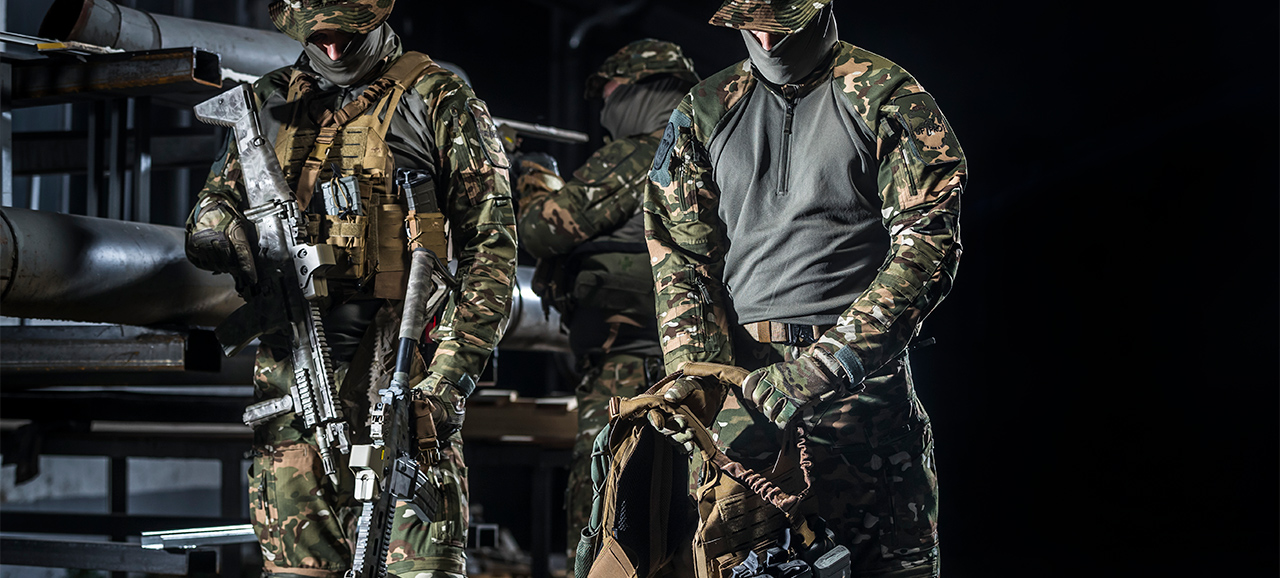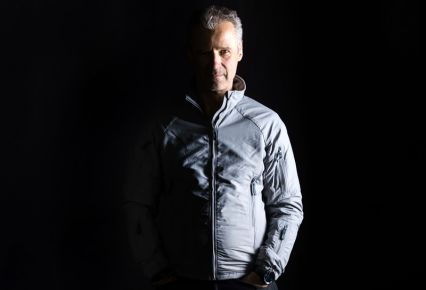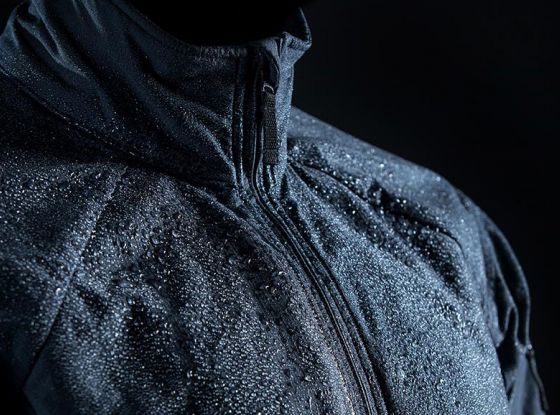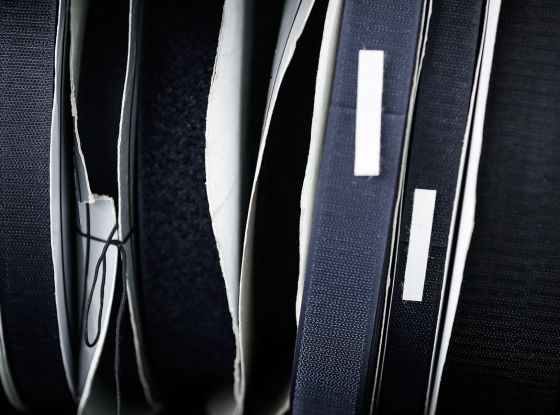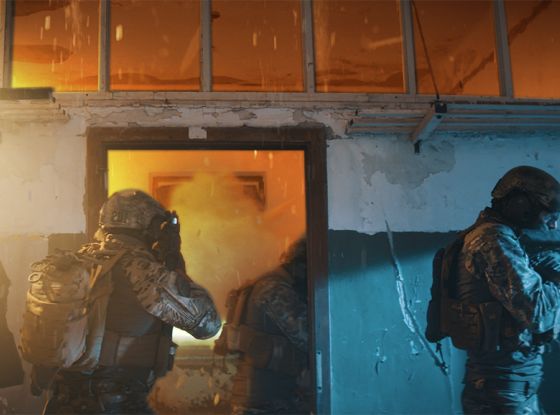Due to the fact that our armed forces operate in truly hot mission environments, the wearing comfort of combat clothing in hot areas is of course extremely important. At the same time I observe that the discussion circles around a central assessment criterion, namely the weight.
What's in this blog post?
Introduction
I’d like to begin with my own statement.
I find the weight a fundamentally important factor, but it’s also important to include additional criteria into the final judgment in this discussion.
Weight is of course a very simple evaluation criteria. You can put your pants, a shirt or a jacket etc. on a scale and find out its weight. The lighter, the more comfortable, right?
In my experience, you should be careful with such a hasty conclusion. Comfort is defined by the sum of various parameters and finally the comfort is always subjective, because it is related to the individual experience.
In the end you have to experience it in real usage and decide for yourself how you feel.
SIGN UP FOR MORE INTEL LIKE THIS.
Enter your email and stay in the know with future topics on tactical gear.
You are signing up to receive updates via e-mail from which you can opt out at any time. Visit our privacy policy for more info.
What criteria do we look at?
Correct fit of the garment
As the very first basic criteria I would like to mention the correct fit of the gear to be evaluated.
Clothes that don't fit are simply not comfortable, irrespective of how light it may be. It might be trivial, but should however be included in the evaluation right from the beginning.
Very often I can see people picking up an item and judge it spontaneously. Even with a comment like, "oh it's a bit heavy“, or "Wow! That’s super light."
Beware: You’re wearing the clothes on your body and usually while in motion. Often a light shirt feels great when you hold it in your hand, but when you put it on and you’re in action, it is still absolutely poor because it tenses, restricts or slouches.
This can be caused by the cut, or the mix of materials or because the two do not go together well.
Hence rule number 1: Put it on first, move a little bit and only then judge the weight.
Because unfortunately, during such spontaneous evaluation of weight a decision already takes place in your hand, which you then subconsciously carry along in the back of your mind and this can falsify the judgment.
This is often discovered in a later stage when it may be too late. That’s why you must feel weight on your body first!
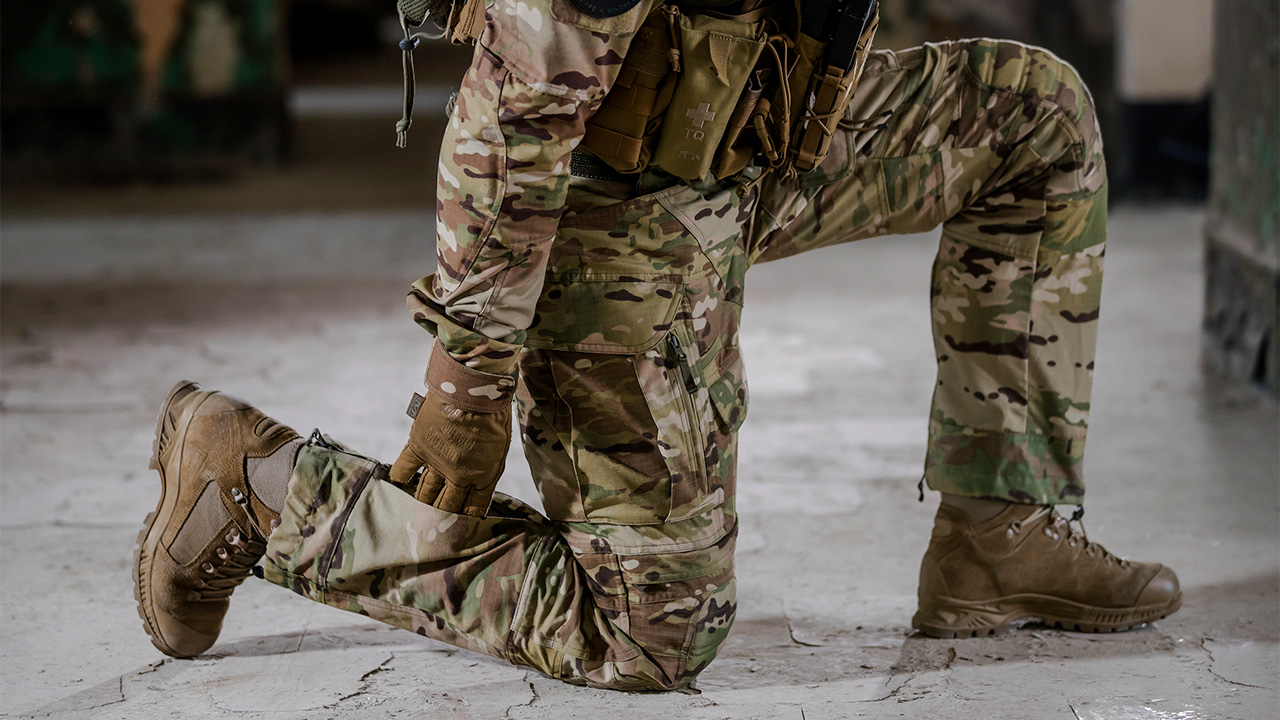
Air permeability or air circulation
Often you can find very light fabrics, which are, however, very densely woven in order to maintain the necessary material strength.
I talked a lot and intensively with soldiers who came back from the mentioned hot mission environments.
The unanimous opinion was that in a hot environment every breeze that you feel on the surface of the skin is pleasant. Even if the air in these areas is warmer than the surface of the skin.
It is a fundamental, physiological phenomenon. Our “cooling mechanism” is based mainly on evaporation.
That means that you sweat, the sweat evaporates and the body releases the heat energy it has produced. This heat energy comes from the working muscles and organs.
Work requires energy and heat is generated. This is known from different machines (not necessarily internal combustion engines, because the ignitions produce the heat there).
For example: If the machine is working for a certain time, its case will become warm.
The pleasant cooling draft is achieved due to the fact that the evaporated moisture is removed and you can continue to sweat better.
Without this airflow, the air layer on the skin becomes moist and there is a certain saturation of water in the air layer.The higher the degree of saturation, the less moisture can be absorbed by the air.
This means that the evaporation of the sweat doesn’t work well anymore, which means that our body's own cooling mechanism doesn’t work effectively anymore and sweats the hell out itself just to cool down.
That’s why I personally consider air permeability and circulation to be very important for the subjectively wearing comfort.
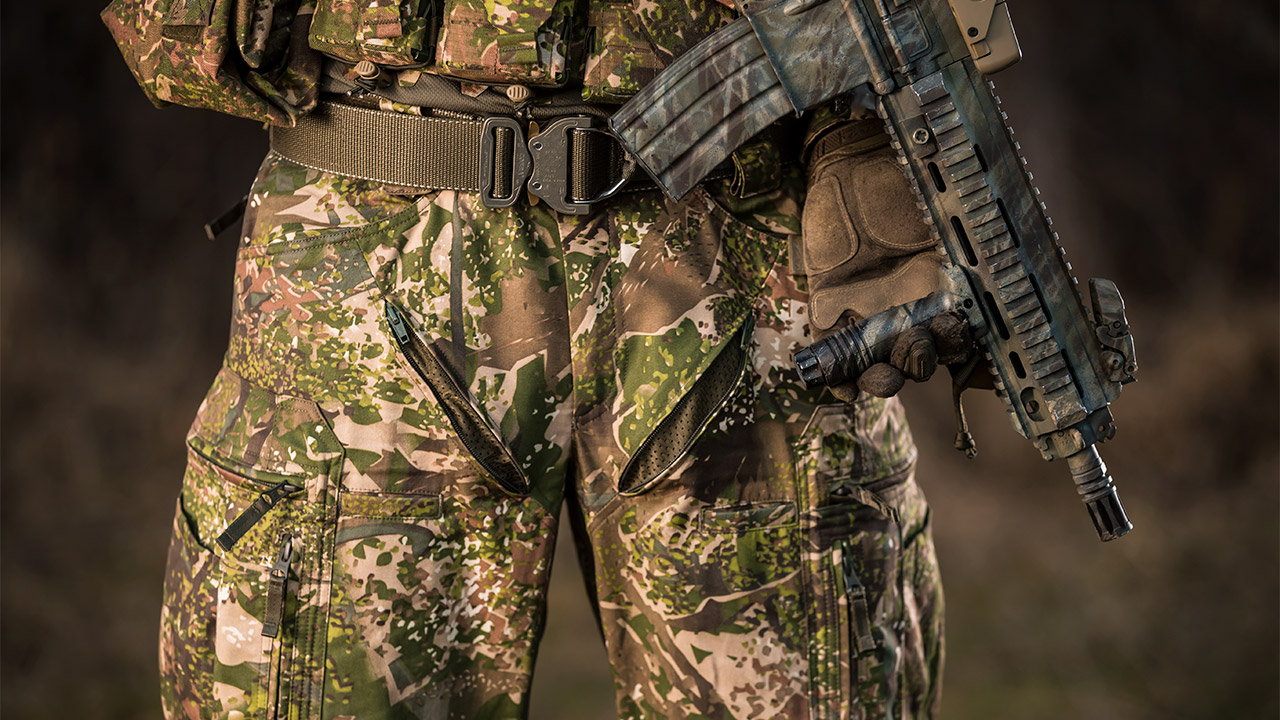
For example we increase the air permeability of the garment by incorporating zippers at optimal places in our Striker HT Combat Pants.
BUT: When the air permeability is too high, you can cause your cooling mechanism to run at a full speed.
Amount of sweat produced evaporates too quickly and you keep on sweating, because the body receives the feedback that it’s still hot. Consequently, at 40-50°C.
The result of this is that it stimulates the cooling mechanism, but you also lose a lot of body fluid through the sweating.
That would be totally fine, if you would sit next to a well-filled water barrel filled with minerals. However, usually you don't have this luxury because you have to carry your own water.
So you lose a lot of fluid, which you have to supply to the body again, but do not carry enough with you. In extreme cases, this can mean up to 5 liters of a “wasted” and not necessarily needed loss of fluid.
The fabric and its construction should offer a well-balanced level of air permeability and circulation, which in best case can be best regulated by yourself.
In my opinion you need a fabric, which offers a reasonably good, but not too high air permeability and the clothing should have ventilation holes that can be opened for a short time under high pressure and then be closed again.
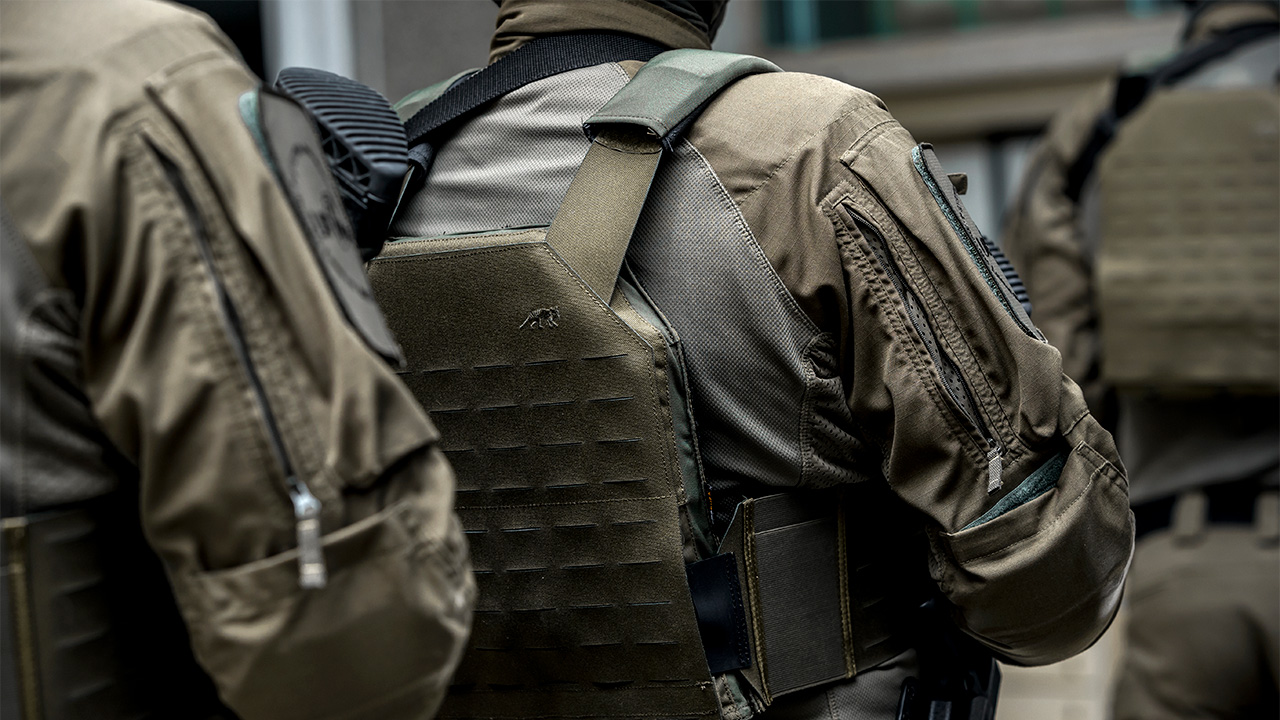
For this reason you’re trying to set the balance between supporting the evaporation mechanism and the excessive moisture loss for yourself.
At this point you have to make a fundamental limitation: it makes a very big difference whether you’re out in hot and humid or dry and hot regions. In hot and dry regions, the air circulation and the ventilation as a cooling are very efficient.
However, it loses its efficiency in hot and humid regions. In my opinion at a humidity of over 90% it’s almost negligible in terms of the cooling effect.
In such a case a moderate proportion of cotton is certainly good, since the fabric can absorb moisture and it doesn’t flow down on yourself quickly. On the other hand too much cotton is fatal, because you simply can't get the clothes dry.
Which brings me to the next point.
Re-drying
Everyone knows from their personal experience that a quick-drying piece of clothing is essential.
There is a rule for this: The more synthetic fibers in the textile, the faster it dries.
This isn’t so important in hot and dry regions, because 100% cotton also dries very quickly. However, the more tropical it gets, the worse a 100% cotton fabric can get dry again, since the cotton absorbs a lot of moisture and it unwillingly releases it again.
Cotton just likes it wet. That’s why having 100% cotton in tropical clothing is generally rather bad.
Also 100% synthetic isn’t probably so pleasant, because even though you are always wet in really tropical regions, a freshly put on cotton or synthetic blend feels at least the first few minutes more pleasant.
Hot and dry is actually ideal for 100% cotton. However, the huge disadvantage is that the lighter the cotton fabric, the easier it can be mechanically damaged.
Meaning you have to use a rather heavy cotton fabric to get the solidness, that prevents the clothes from tearing apart while you walk through the bushes for the first time. Which brings us to the weight discussed above. But I have a few more comments below.
Functional elements
I have seen the so-called tropical clothing a few times, which was almost skeletonized. In other words, it has been reduced to an inoperable (weight) minimum so that the piece of clothing feels good in the hand and shows an impressive result on the scale.
The approach isn’t basically condemnable, but it requires very careful consideration about what you can definitely get rid of.
I would like to emphasize the last part of the sentence, "can definitely get rid of“.
It is fatal, if I realize somewhere, beyond Africa, that I can no longer safely store my Mission Critical Equipment in the side pocket, only because it makes the pants lighter, or I have to wear just the classic belted knee protection that gets hot and rubs the skin after an hour of marching.
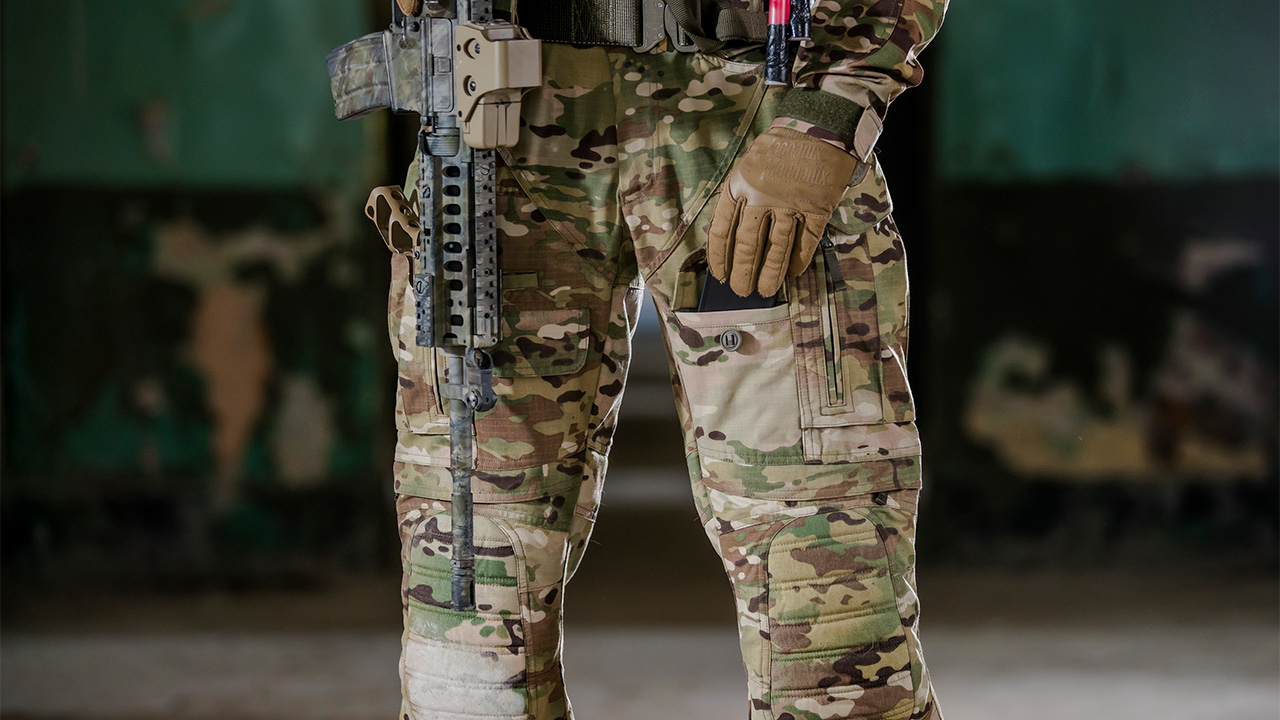
Follow this link to get more intel on functional storage capacity on the Striker X Combat Pants.
Despite all the weight reduction, there are still clear basic requirements for the functional elements that distinguish combat clothing in the desert or in the tropics.
The basic principle of all our developments should also apply here: The tactics define the clothing and not vice versa.
Conclusion
Let's get back to our initial question: Is weight equal to comfort? Of course not. But this is connected with a further question, which is much more complicated: How much does weight influence my reaction times, my speed in operations?
I had a very interesting conversation with a friend of mine, a former commando soldier. In his opinion every gram of weight less can give you the advantage of the critical tenth of a second that decides whether the other person or I will prevail.
While I basically don’t disagree with this thesis, I believe that both weight and wearing properties (comfort and functionality) can give you the advantage of this tenth of a second.
Reducing the weight at the disadvantage of mobility and functionality is in the best case a zero-sum game, in some cases even counterproductive.
During our conversation we came up with an example, a mountain bike. A bike with a super light frame doesn’t necessarily mean that I will achieve a better riding performance and use less energy to ride it. There are many other elements in a bike that can be crucial for me to perform better and be faster.
If for example the bottom bracket is running rough, then the entire weight reduction has no use to me, because a poor bottom bracket means that I have to use more strength and energy to achieve the same riding performance as with a comparatively heavier frame and a better-functioning bottom bracket.
There must be a lot more elements of the bike and, in our case, the tactical gear optimally coordinated with one another in order to eventually perform better in the sense of clothing.
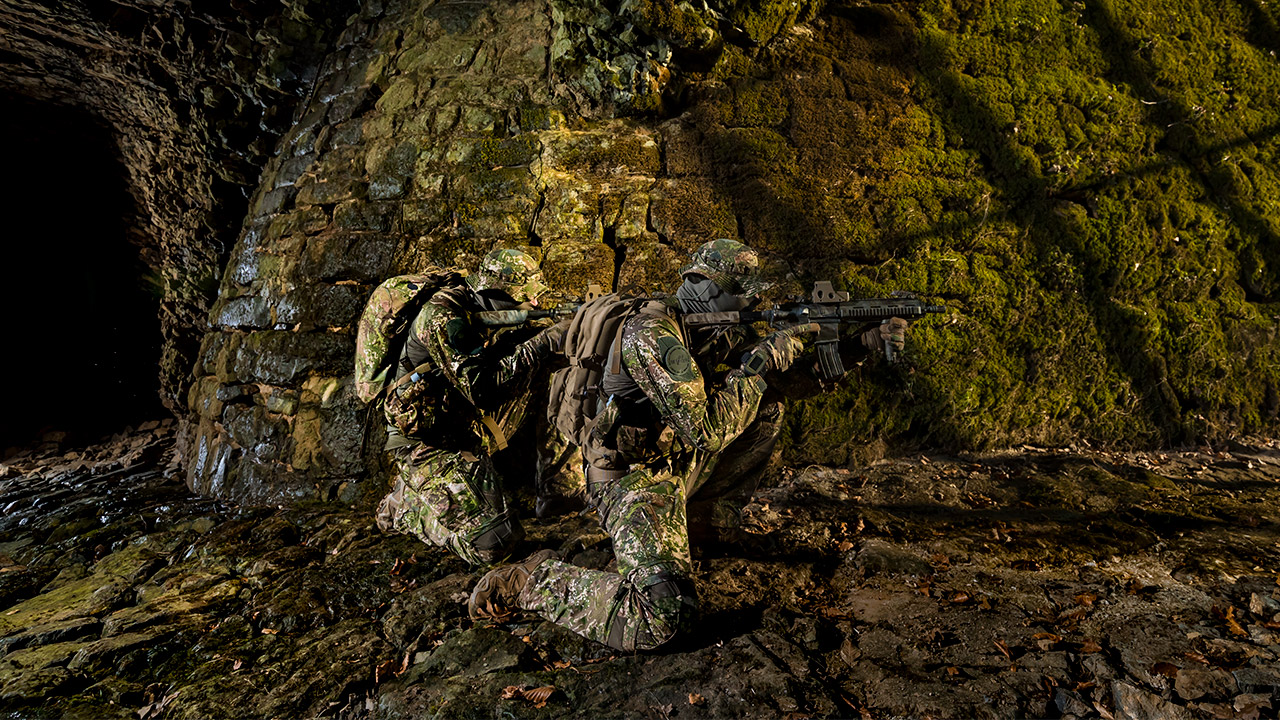
The difficulty lies in the complexity of the factors responsible for retrieving the performance. This goes from mainly physical to psychological factors, which can influence the performance when combined together.
Weight is only one influencing factor that, when considered and optimized all alone, doesn’t automatically lead to a better performance.
Of course, this is true especially when we bear in mind the weight values in the gram range. Whether that is now 1 gram or 100 or 200 grams remains undecided.
My personal opinion is and this brings me to the conclusion that an additional weight of 200 grams can be easily compensated by an improved wearing comfort.
Clothing that follows my movements smoothly and which I don’t have to fight against with every movement I make puts me to move more safely and efficiently than the classic baggy clothing, where I risk getting caught in bushes with every step and disturb my concentration because after some time abrasion spots in sensitive areas arise.

